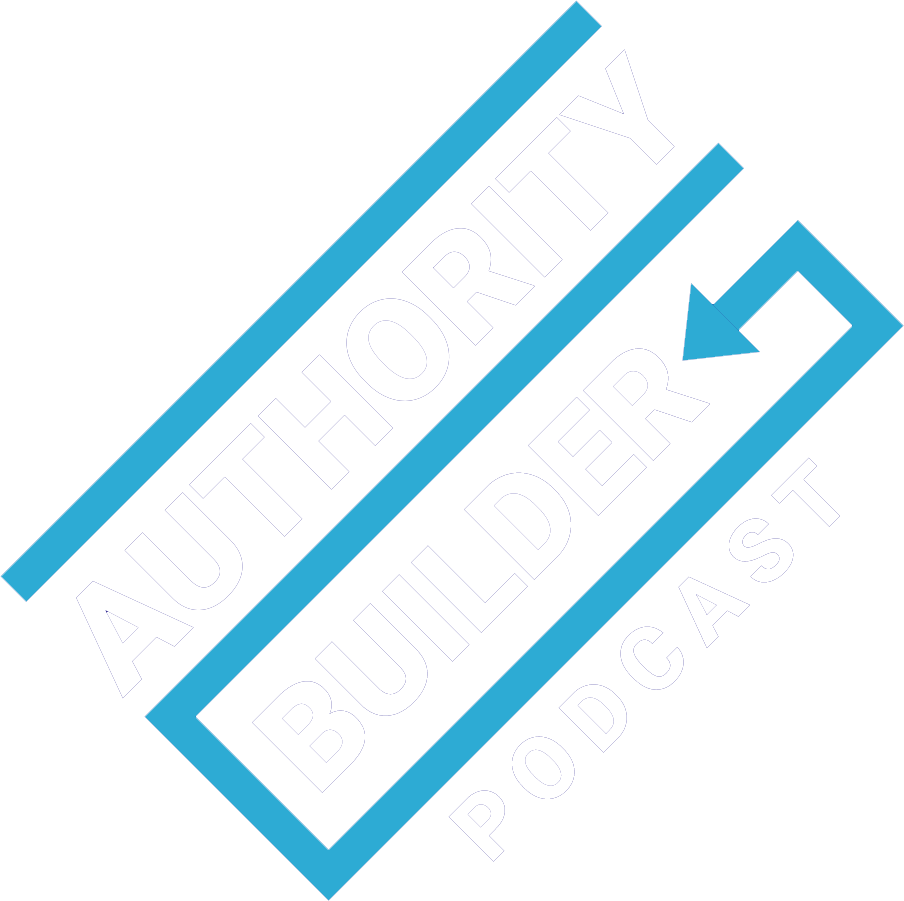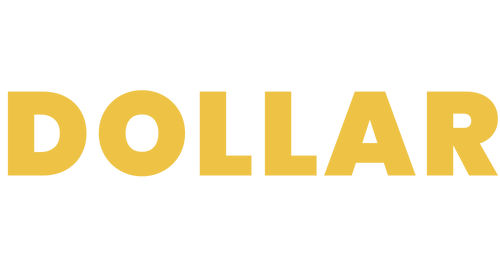Susan Lassiter-Lyons, founder and publisher of TheIncomeInvestors.com, was all about real estate, even after the 2008 crash. But then she came to a realization that she had all her eggs in one basket.
So, she decided to diversify and seek out new opportunities to ensure the money she was making was effectively working for her.
Along the way, she discovered that reinvesting all her money back into her business was by far not the best model. And she could find much better returns… and still grow her company. Even better she’s found a way to create passive income that means she doesn’t have to work if she doesn’t want to.
We take a deep dive into that, as well as…
- The absolute best trait of any entrepreneur
- Why your next step doesn’t ever have to be a giant leap
- The 80-15-5 Bucket Investment Strategy
- How to build an “Anti-Fragile” Portfolio
- And more


